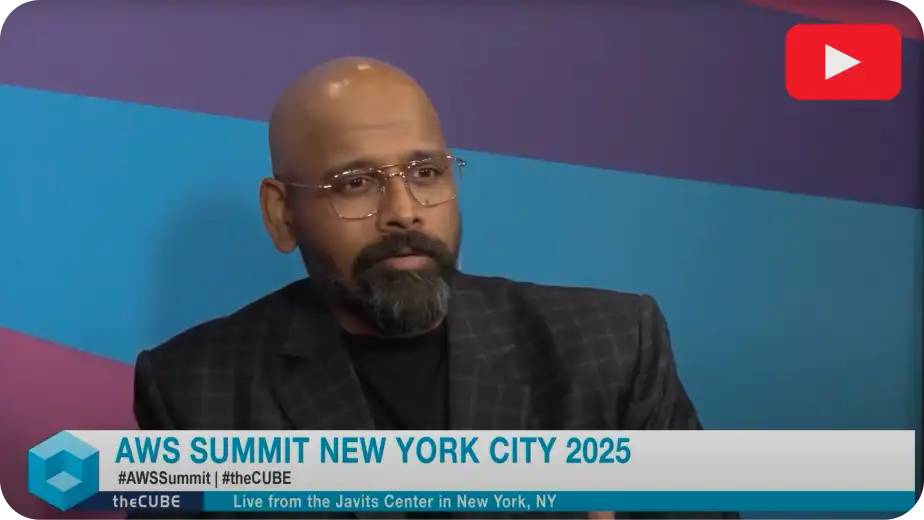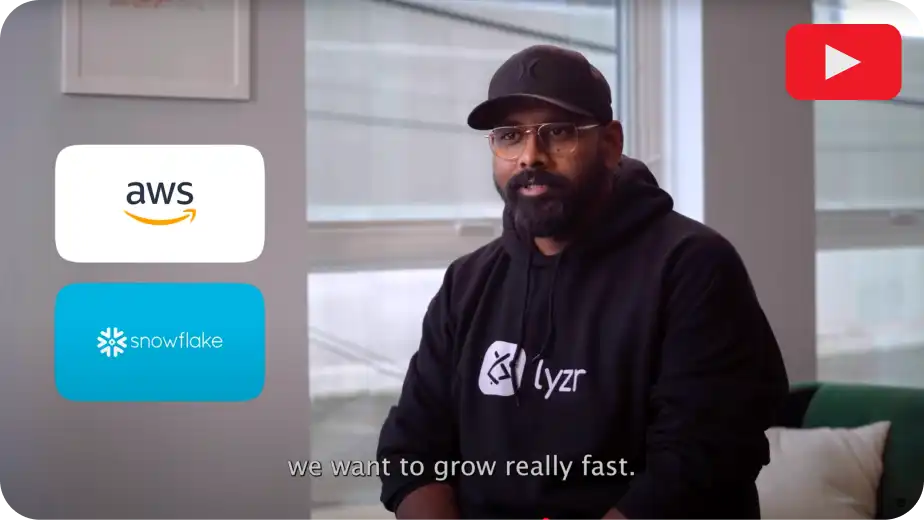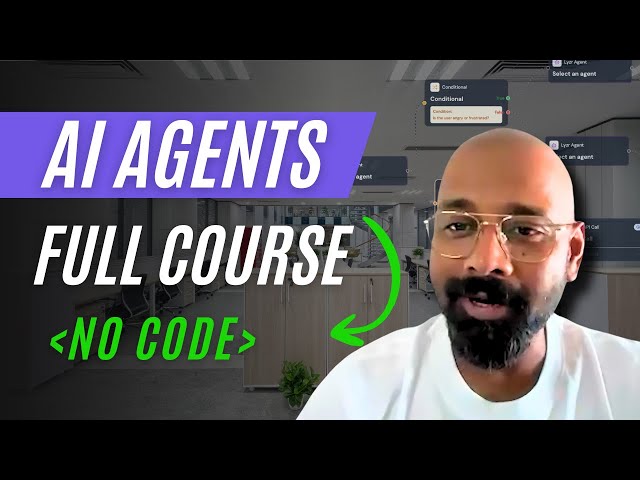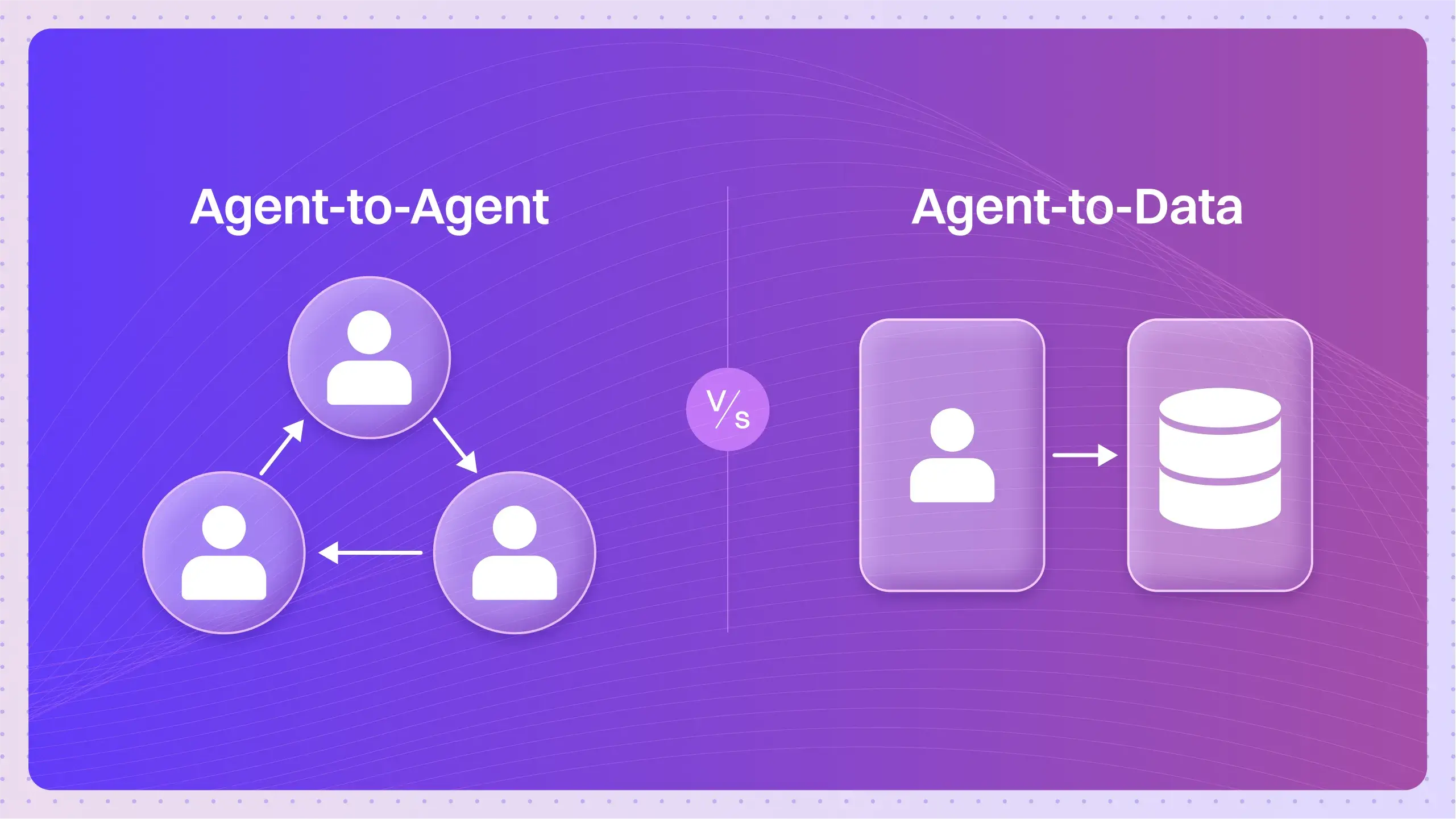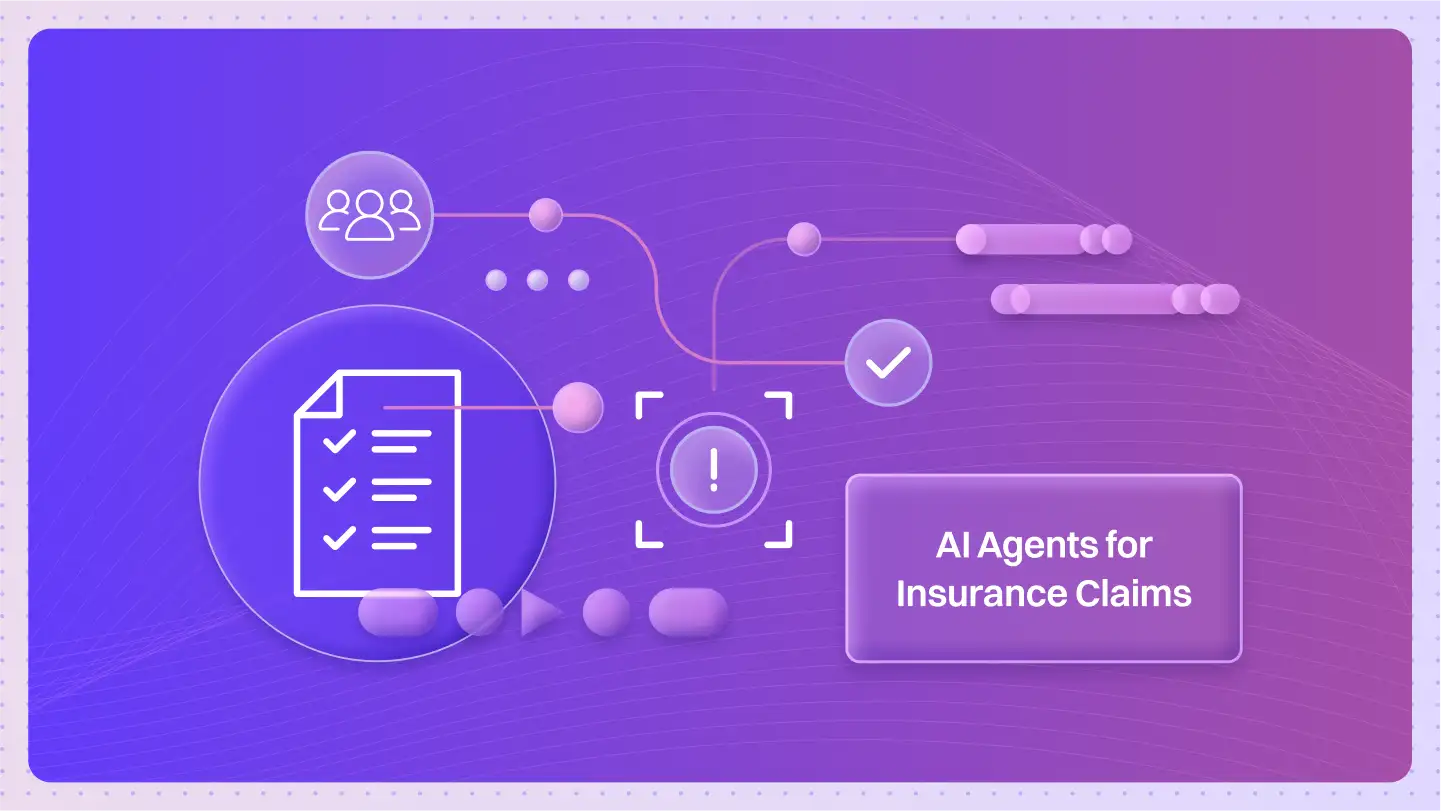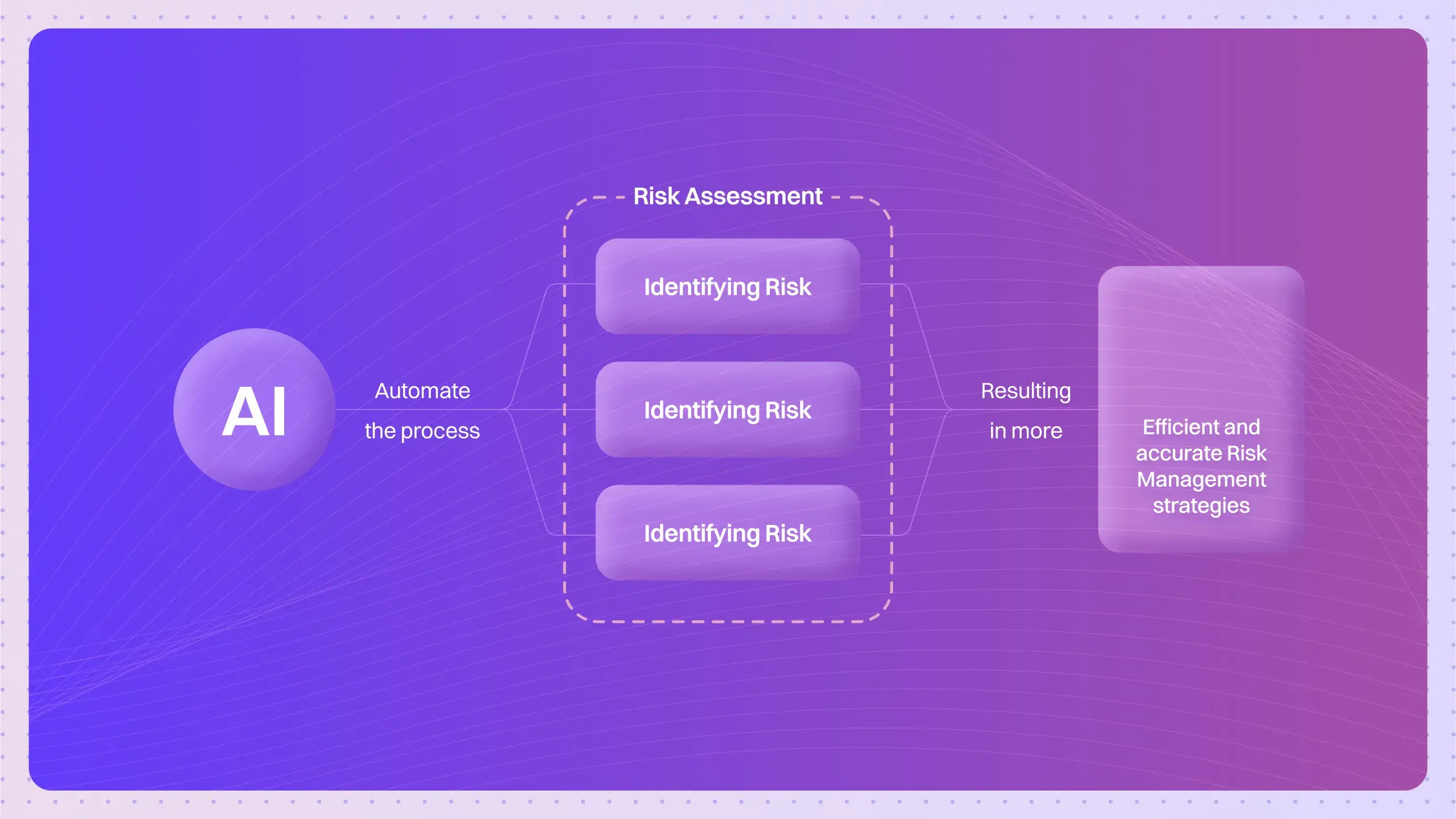Few-Shot Learning Agents are AI systems that can quickly learn new tasks or adapt to new situations after seeing only a small number of examples, similar to how humans can understand a new concept after just a few demonstrations.
Think of a Few-Shot Learning Agent like a gifted student who can master a new card game after watching just 2-3 rounds, whereas traditional AI systems are like students who need to play hundreds of games before understanding the rules. These agents can rapidly generalize from limited examples rather than requiring extensive training data.
What are Few-Shot Learning Agents?
They are rapid learners. Instead of needing a massive, labeled dataset for training, a Few-Shot Learning Agent can be shown just a handful of examples—the “few shots”—to understand the pattern of a new task.
This could be as simple as:
- Showing it three examples of customer emails that should be tagged as “Urgent.”
- Giving it two examples of code written in a specific company style.
- Providing one example of a positive and one of a negative product review.
From these minimal inputs, the agent grasps the underlying logic and can then apply it to new, unseen data. It’s about adapting on the fly, not memorizing from a textbook.
How do Few-Shot Learning Agents work?
They stand on the shoulders of giants. A few-shot agent isn’t learning from a blank slate. It has already been pre-trained on a massive amount of general data about the world, language, and reasoning. This pre-existing knowledge acts as a powerful foundation.
When you provide a few examples, you’re not teaching it the concept of “email” or “positive sentiment.” You’re simply guiding its massive existing knowledge. This is often done through “in-context learning,” especially with Large Language Models. The examples are placed directly into the prompt, serving as a live demonstration. The agent recognizes the pattern in your examples and uses it as a template for its response.
What distinguishes Few-Shot Learning from traditional machine learning?
The core difference is the appetite for data. It’s a night-and-day comparison.
- Traditional Machine Learning: Requires thousands, if not millions, of labeled examples. It’s data-hungry, expensive, and slow to adapt. If you want to teach it a new category, you need to gather a ton of new data and retrain it.
- Few-Shot Learning: Works with a handful of examples (typically 1 to 5). It’s data-efficient, fast, and highly adaptable. You can teach it a new task in a matter of seconds just by writing a new prompt with a few examples.
It’s also different from its close cousin, the Zero-Shot Agent. A zero-shot agent gets no examples and has to reason from the instructions alone. A few-shot agent gets that little bit of extra context from the examples, which often leads to much higher accuracy and reliability.
What are the practical applications of Few-Shot Learning Agents?
This is where the theory becomes incredibly useful. Few-shot learning is perfect for any situation where data is scarce, or tasks are highly customized.
- Personalization: An agent can learn your specific writing style after seeing a couple of your emails. OpenAI’s GPT-4 does this when you ask it to “write an email like these two.”
- Rapid Prototyping: A developer can teach an agent to generate code in a specific format by providing a few snippets, drastically speeding up development.
- Niche Data Classification: A business can teach an agent to sort customer feedback into unique categories like “Shipping Damage” or “Feature Request” with just a few tagged examples. Anthropic’s Claude is great at adapting to custom documentation styles on the fly.
- Content Creation: You can show Google’s Gemini three examples of a social media post style, and it can generate a dozen more that match the tone, length, and format.
What are the key technical approaches to Few-Shot Learning?
The technique isn’t magic; it’s clever engineering built on pre-existing knowledge. The core idea is to train a model not just to perform tasks, but to learn how to learn new tasks quickly.
- In-Context Learning: This is the dominant method in today’s LLMs. The model learns the task directly from the examples provided in the prompt. It’s a temporary, on-the-fly learning process.
- Meta-Learning: Often called “learning to learn.” Here, a model is trained on a wide variety of different learning tasks. During this process, it learns a strategy for adapting to a new task quickly when it sees one.
- Transfer Learning: An agent takes the knowledge from a related, data-rich task and applies it to a new, data-poor task. For example, knowledge about identifying cats can be transferred to help identify rare wildcats with very few images.
Quick Test: Design a Prompt
Imagine you want to teach an AI agent to extract the company name and the key issue from customer support tickets. How would you write a three-shot prompt to teach it this pattern?
You would structure it as a clear demonstration.
Extract the company and key issue from these tickets:
1. Ticket: "Hi, I'm from Acme Corp and our billing portal is down." -> Company: Acme Corp, Issue: Billing portal down
2. Ticket: "We at Globex Inc. can't seem to log in to our accounts." -> Company: Globex Inc., Issue: Login issues
3. Ticket: "The main dashboard for Stark Industries is failing to load." -> Company: Stark Industries, Issue: Dashboard not loading
4. Ticket: "My team at Wayne Enterprises is getting a server error." ->The agent would see the pattern and complete the fourth line correctly.
Deeper Questions on Few-Shot Learning
What is the difference between Few-Shot, One-Shot, and Zero-Shot Learning?
It’s all about the number of examples you provide.
- Zero-Shot: 0 examples. Just the instruction.
- One-Shot: 1 example. A single demonstration.
- Few-Shot: A few examples (usually 2-5).
How do Few-Shot Learning Agents balance prior knowledge with new examples?
The model uses its vast pre-training as a general framework for understanding, and the few-shot examples help it zoom in on the specific pattern or format you care about right now. The examples act as a strong, immediate guide.
What are the current limitations of Few-Shot Learning Agents?
They can be very sensitive to the examples provided. If you provide a bad or confusing example, the performance can drop significantly. They also struggle with tasks that are completely alien to their pre-training data.
How does prompt design affect Few-Shot Learning performance?
It’s absolutely critical. The clarity, quality, and consistency of your examples have a direct impact on the quality of the output. A well-designed prompt is the key to unlocking good few-shot performance.
What makes a good few-shot example?
A good example is clear, unambiguous, and directly representative of the task you want the agent to perform. It should showcase the exact pattern you want it to replicate.
How do Few-Shot Learning capabilities scale with model size?
Generally, larger models with more parameters exhibit stronger few-shot (and zero-shot) learning abilities. Their vast pre-training provides a richer foundation of knowledge to draw from.

